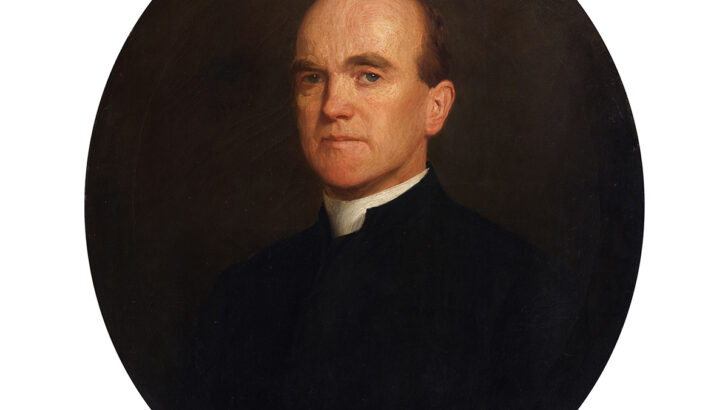Thomas O’Loughlin
Gerald O’Donovan: A Life. 1871-1942, by John F. Ryan (Liverpool University Press, £95.00)
This book is, to my knowledge, the first full length biography of that most complex character of the late-19th and early 20th Century, Gerald O’Donovan, who is now best remembered for his first novel: Father Ralph, published in April 1913, a momentous year for Ireland,
A few years later when Frank O’Connor was starting out in his first job down in Cork, one of the older men, knowing his interest in writing, one day produced from under his jacket a copy of Father Ralph, with the whispered comment: “Read that, boy. That’ll show you what the country is really like”.
Vocation
That was about 1918. And it was perhaps this book that confirmed the young man in his vocation to be a writer.
So for this and other reasons Dr Ryan’s literary study is a most welcome book for not only does it give a panorama of O’Donovan’s life of many changes, but draws together the clerical and literary parts of his life with his complex romantic life and some of his other endeavours such as working in the British propaganda agency during World War I.
Father Ralph ends with Ralph looking back from the mailboat at the receding Dublin and Wicklow coast while viewing his now removed clerical collar:
“He thought of how he dreaded laying it aside. And now there was only a sense of escape from bondage, of freedom … Only one dream had faded into the sea, he thought … And then?”
A dramatic ending that sets out O’Donovan’s own tensions between being a priest in a rural diocese and seeking cultural and economic revival, but also the deeper tensions that then went un-spoken.
Complexities
He contrasts the complexities of life – in O’Donovan’s phrase: “in the blind groping way that is the way of life” – with the outward face of Pius X’s triumphalist Church: all knowing, all assured, and seeking to be all encompassing.
This tension, encapsulated in Ralph, O’Donovan presented as running right through the Church – and we sense that O’Donovan knew he had committed the greatest crime in speaking about it.
He remains one who shouted out that the emperor has no clothes – and we a century later who have often seen an even deeper abyss in recent Church scandals can view him as a prophet.
But the life of O’Donovan has still other strange twists. In Ireland he was deeply involved in the Gaelic League, the creation of the co-operative movement, and those who created the Abbey theatre.
But while he seems to have remained in Ireland within his imagination – his later novels re-working themes from Father Ralph – he threw himself, literally, into the war effort in 1915 as a soldier, and then, when invalided, as a civilian working for the war effort; and who was thought of in later life as English.
Affair
He married in 1910, but now he is best remembered for his long term love affair with the Anglican novelist Rose Macaulay that lasted from 1918 till his death – and which is explored in her 1956 novel The Towers of Trebizond – for many people her great masterpiece.
John F. Ryan has given us a fascinating, meticulously researched book that draws together many strands of a well filled life and throws light on all of them.
If readers, however, want to encounter a substantial monument to the talents of Gerald O’Donovan they should visit the great cathedral in Loughrea dedicated to St Brendan, a monument to the Irish art and artists of the Irish Revival, which was facilitated and urged on by O’Donovan in his years as a priest when he was Administrator there, his hopes of being made a bishop frustrated. It is a reminder that not all of what he strove for was a lost cause.


 Fr Jeremiah O’Donovan, as he was then, in his Irish years
Fr Jeremiah O’Donovan, as he was then, in his Irish years 